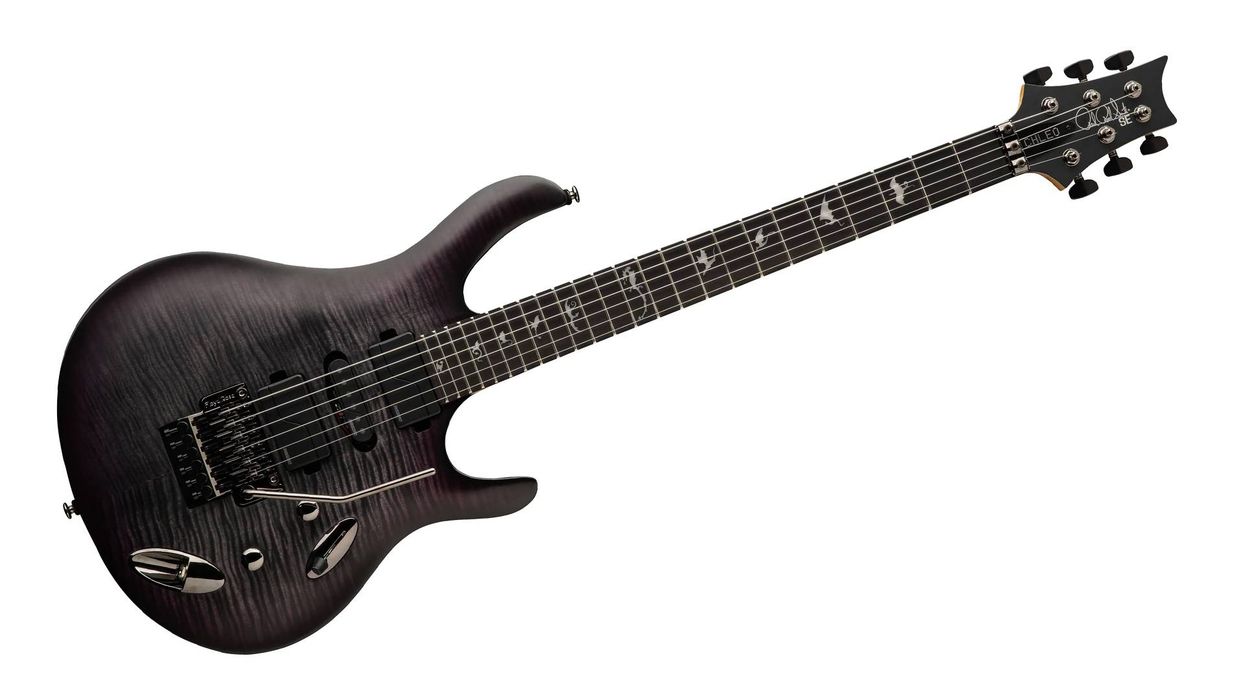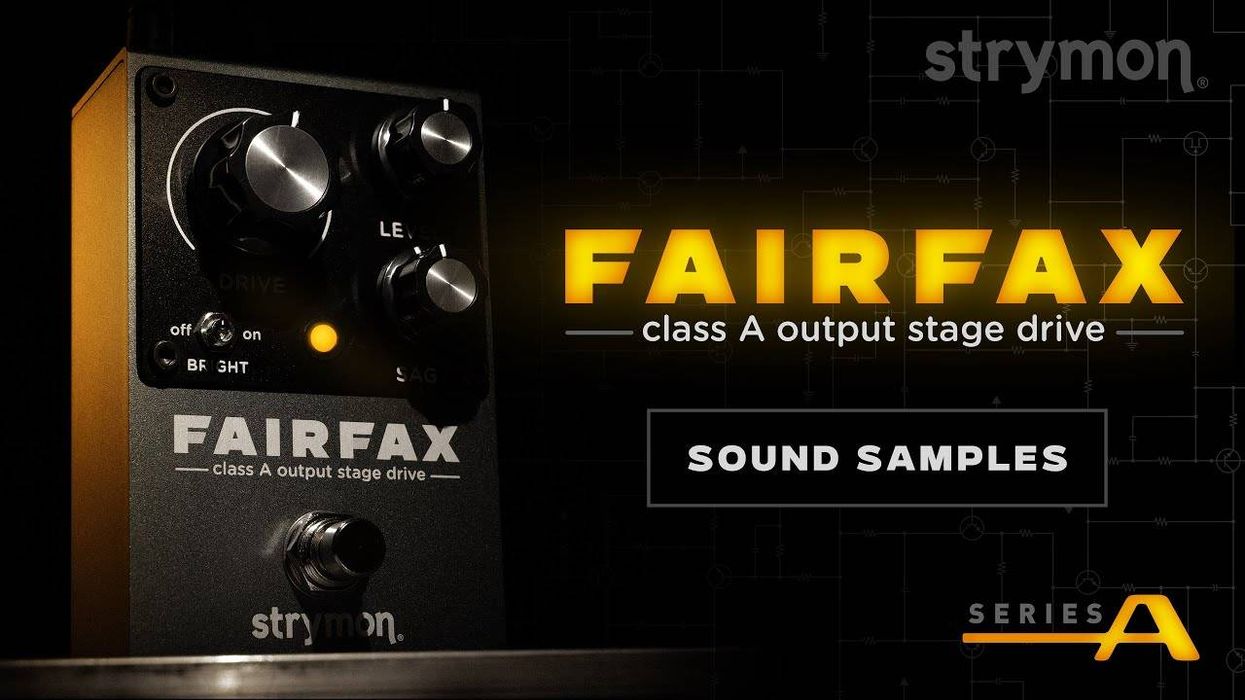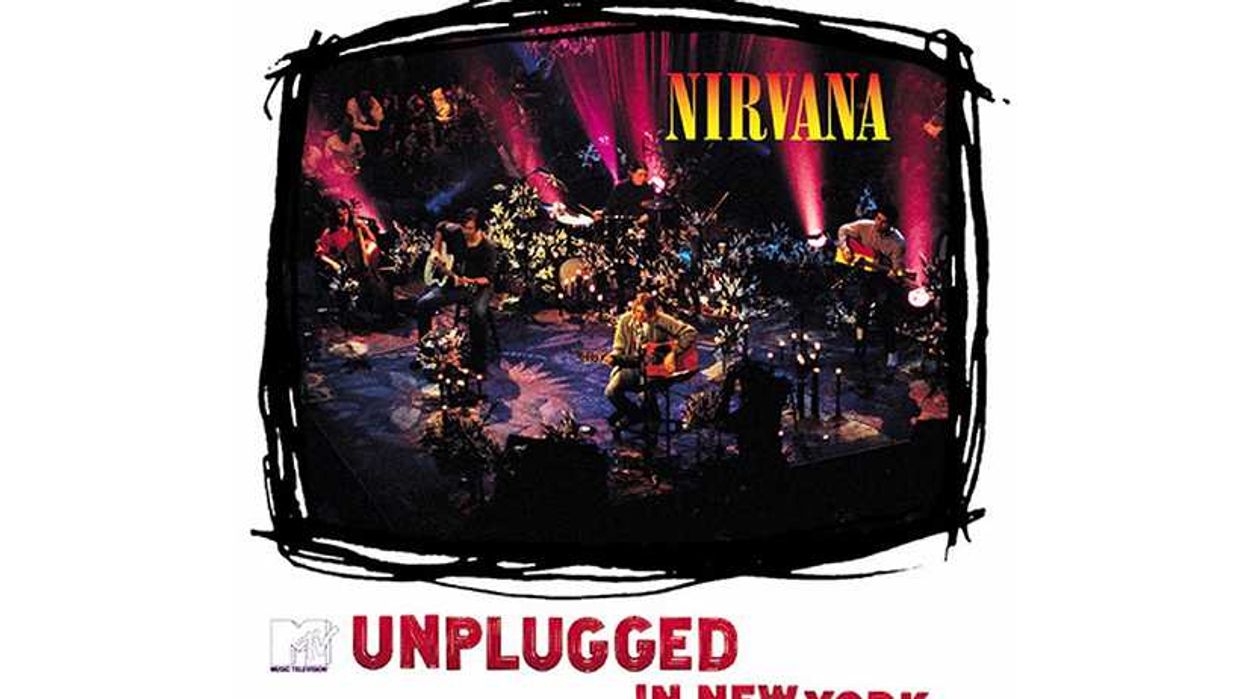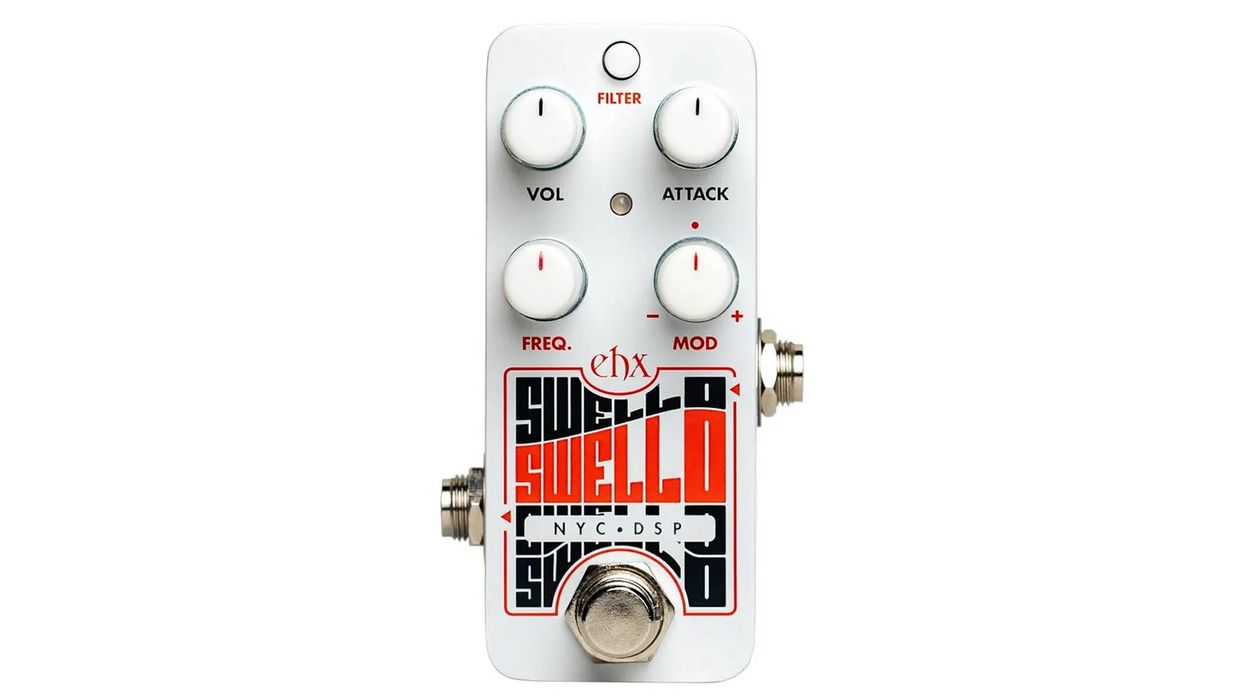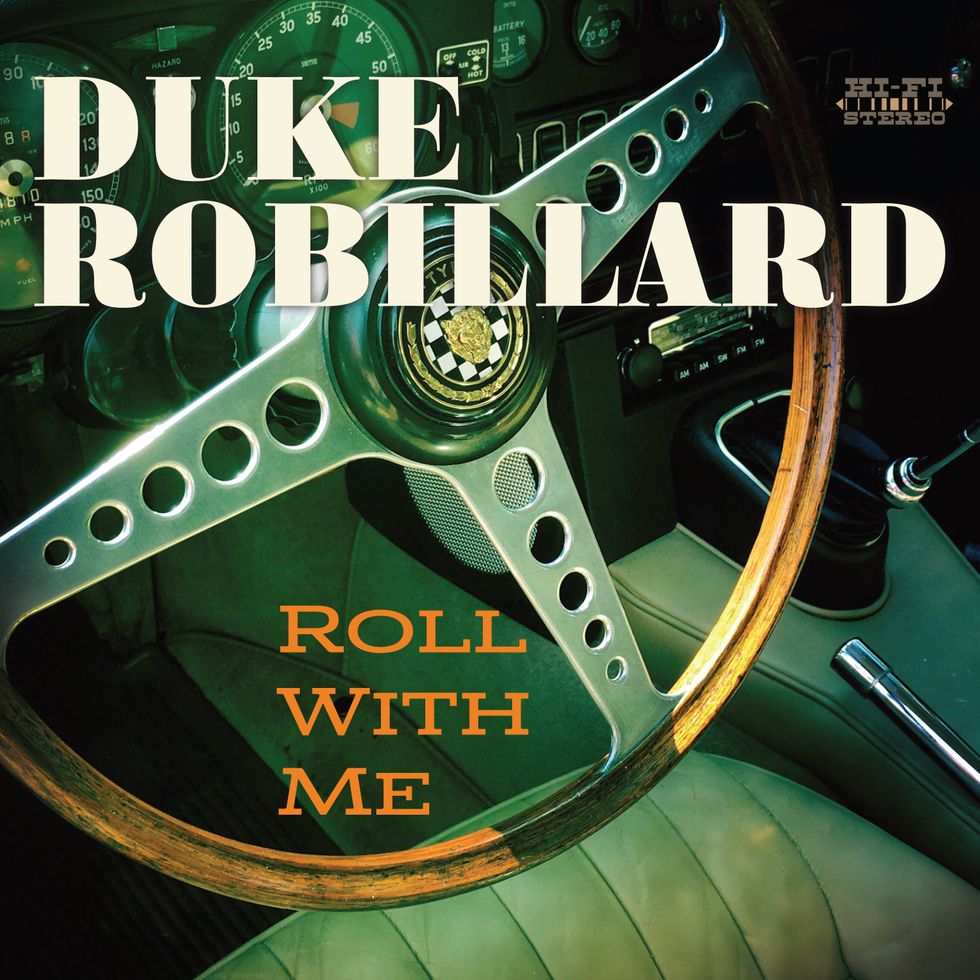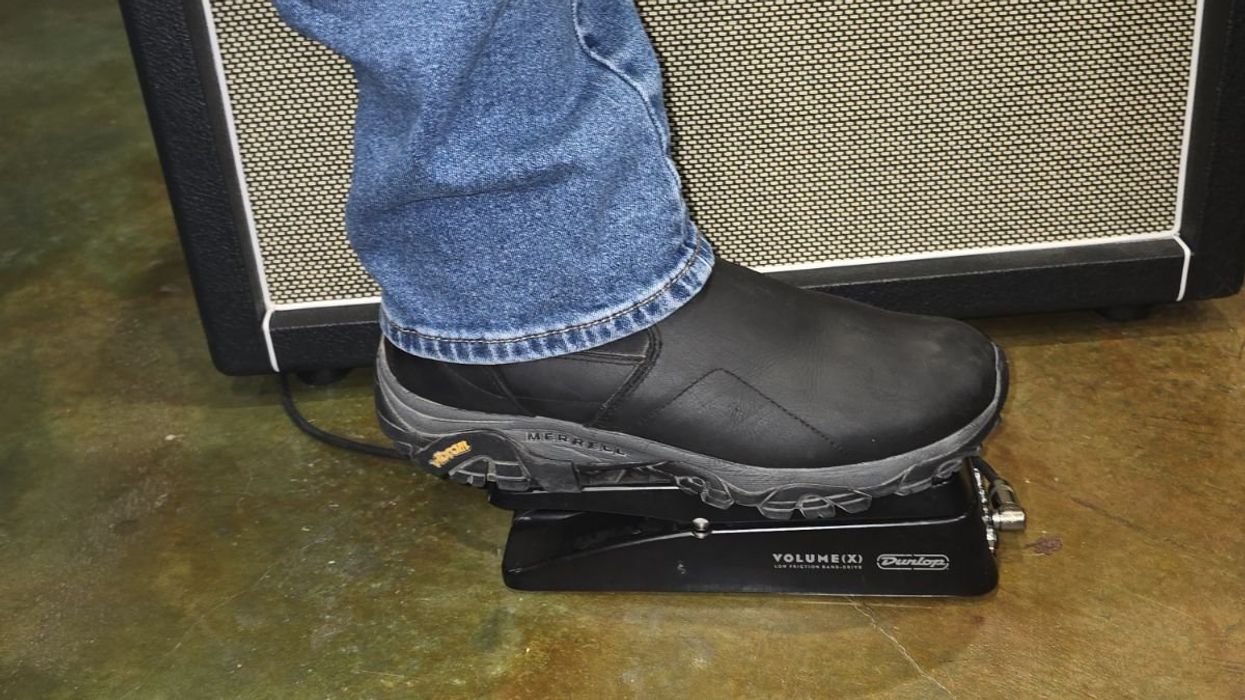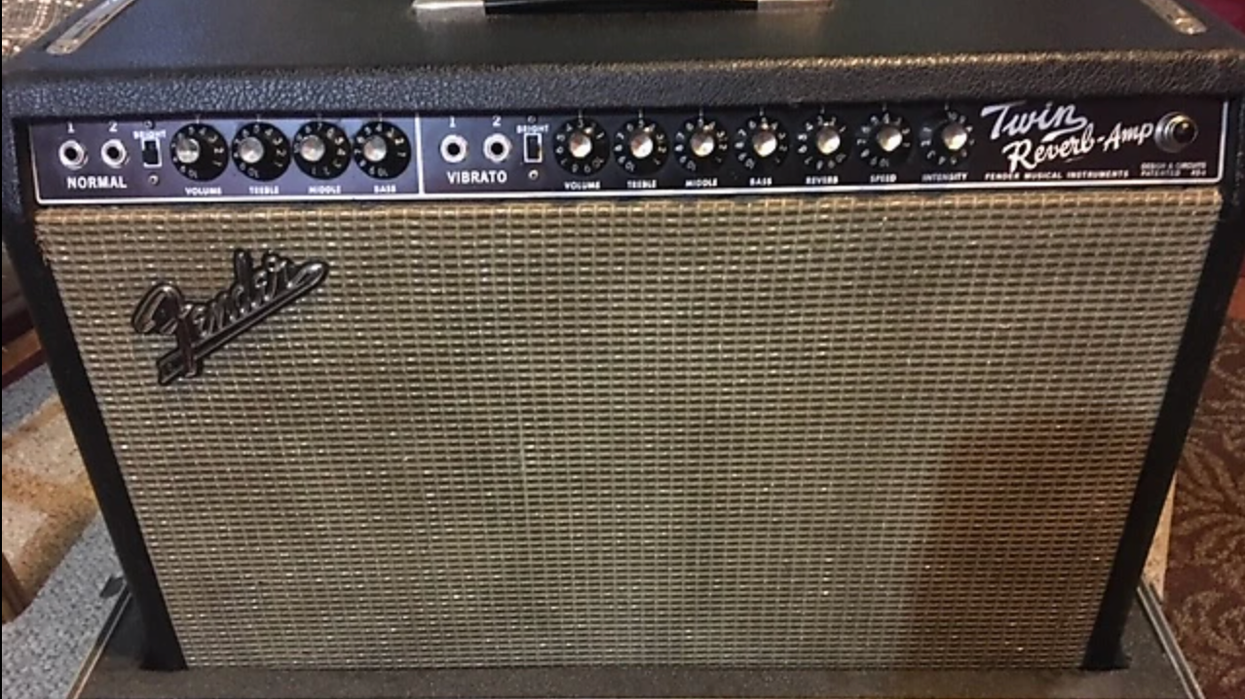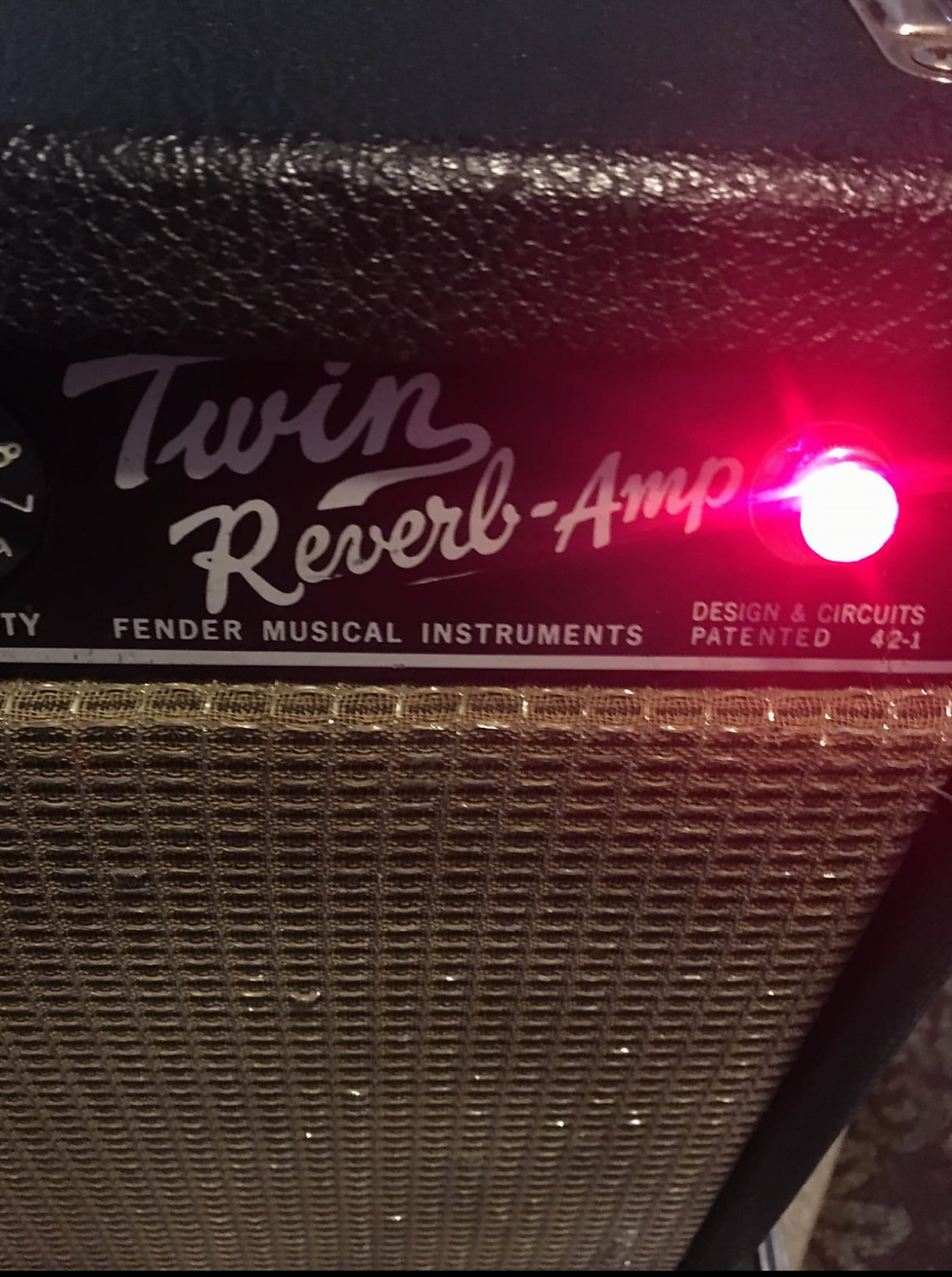Every now and then, a holy-grail guitar falls into your lap and makes you do crazy things to get it. In my case, the holy grail is a 1958 Gibson Les Paul Custom from the original owner, Brian, who played it every day like it owed him money.
I’m obsessed with guitars with personality and deep stories—specifically vintage Gibsons—and have a habit of poking around to see what’s out there. I found Brian’s guitar through my buddy Joe at Joe’s Vintage Guitars in Arizona. This guitar was all vibe and dripped energy—a true player’s instrument. That honest playing wear is very important, not only to the history, but to the sound. You see something that’s heavily played and worn, you know it’s going to sound good. I had to have it. Luckily, the old broken headstock made it financially attainable. I consulted my guitar uncles, Doug Myer and Chris Such, who are equally obsessed and they encouraged me to go for it. I didn’t think twice. I pulled my beloved 1938 D’Angelico Excel off the wall and sold it. Joe and I made the deal. He shipped Brian’s guitar to me in NYC.
Customs were Les Paul’s version of the luxurious Gibson L5 or a Super 400. They were made of the highest-quality material. With a mahogany body, multi-ply binding, and upgraded exotic ebony fingerboard featuring mother-of-pearl inlays, the guitar has a classy tuxedo look which exudes elegance.
Only 256 of these guitars were made in 1958 and would have cost $470 with added factory Bigsby, plus $47.50 with a case for a whopping $517.50.Brian’s serial number is 8 4224—not far from another LPC from 1958 which belonged to Eric Clapton until he gifted it to Albert Lee (8 6320). While clearly a special build, the feature that kept this model from becoming a household name is the “Fretless Wonder” frets that Les Paul loved to play on. These were designed for jazz and Les Paul’s style of playing with heavy flats—a style with more gliding and sliding across the fingerboard as opposed to bending notes.
The pot codes date to the eighth week of 1958 (February), meaning the PAFs are still a proper example of Seth Lover’s original humbucker design, without being potted. All the frequencies and the overtones are still intact.
The capacitors are also rare: .02 uF Phonebook Spragues that were only used in top Gibson models like the Flying V and Explorer. The Brian Custom also came with the patent pending Grover tuners (instead of waffle backs) which were the highest quality of tuner hardware at the time.
But it was the factory Bigsby, cast by Paul Bigsby himself in his workshop in Southern California, that put me over the edge. In my band, Caveman, I only use guitars I’ve made with a Bigsby. It’s become a part of my signature sound. The Bigsby on the Brian Custom is an early example—you very rarely see them with the green felt, tapered shape, and texture in the cast aluminum like this.
“My goal is to keep this guitar a player’s guitar. I believe all guitars need to be played or they will wither and die.”
The only thing I have done since receiving this gem, is replace the frets so it plays perfectly. I put on a special set of La Bella strings that I’ve been working on with my brother Eric from La Bella Strings—a prototype set of super-polished stainless-steel rounds that we will be releasing soon.
What makes the Brian Custom truly special goes far beyond its physicality. The guitar is alive. Brian respected the art of the instrument—he played it every day. It’s rare to see such an honest, beat-up, and absolutely played guitar of this caliber—and even rarer that it belonged to only one person. The divots in the fretboard, the yellowed binding and knobs from nights playing in smoky venues, reflect a lifetime of playing and musicianship. Out of respect for Brian, my goal is to keep this guitar a player’s guitar. I believe all guitars need to be played or they will wither and die. It’s part of my mission to have players feel and understand why guitars like this are so special. To experience how they play, how they sound, to understand the magic. Guitars like Brian’s make you feel things you can’t put into words.
Most importantly, being the caretaker of such special instruments like the Brian Custom directly affects the way I build my Carbonetti Guitars and Olinto Bass instruments. Studying and playing vintage instruments elevates and inspires my craft. When you feel one of my guitars, I want everything to feel soft like a real player’s guitar—rounded edges and a worn-in feel. I aim to create the comfort and familiarity in my instruments that feels like an old friend and doesn’t need explanation. This ’58 custom is one of the greatest examples of this. It’s the official new mascot of the Guitar Shop NYC, and will continue to be played on stages and in studios forever.




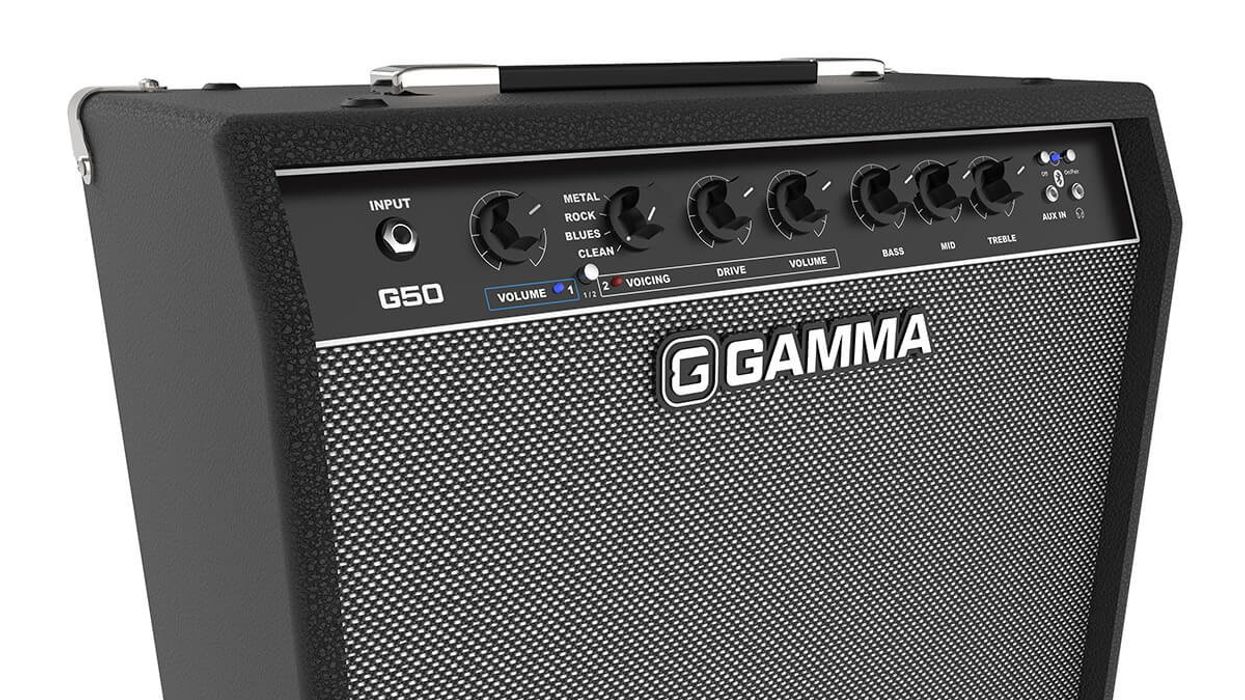
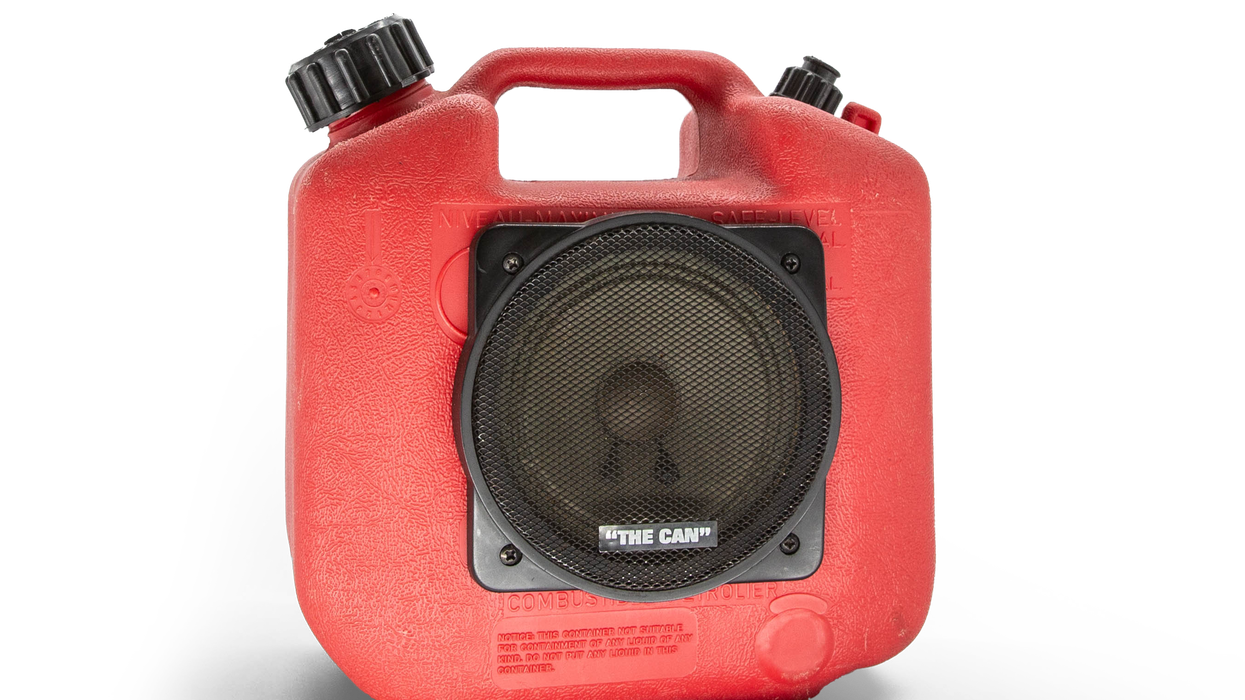

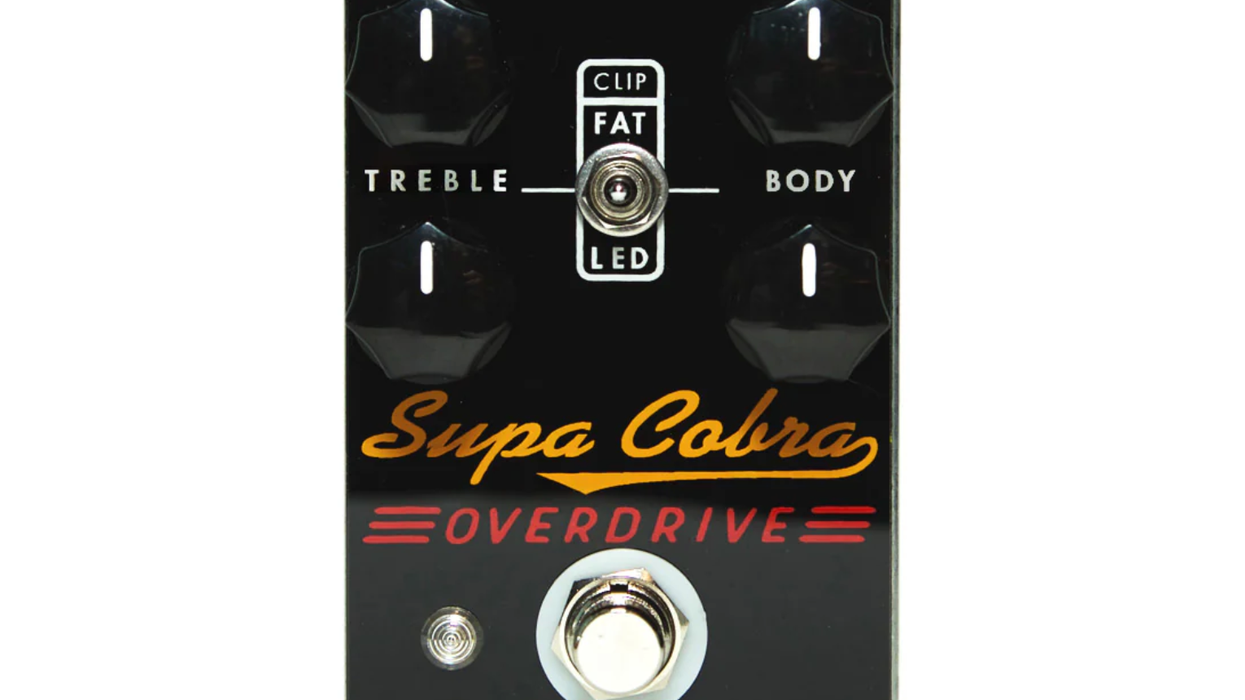

 Guitarists are used to coveting cranky, old gear, but if you’re not a rack user, the H3000 might not be for you! If you ever see one of these in a studio, be sure to take some time to check it out, and maybe give the plugin a try.
Guitarists are used to coveting cranky, old gear, but if you’re not a rack user, the H3000 might not be for you! If you ever see one of these in a studio, be sure to take some time to check it out, and maybe give the plugin a try.
